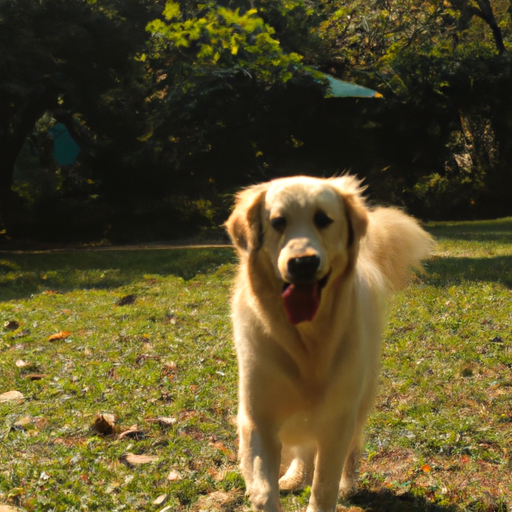As a dog owner, you’ve probably noticed your furry friend wagging his tail countless times. But have you ever stopped to think about what this behavior truly signifies? Tail wagging is one of the most common forms of communication in dogs, but it’s not as simple as “happy” or “sad”. Understanding the language of tail wagging can help you better understand and connect with your pet.
- Understanding Tail Wagging
- The Science Behind Tail Wagging
- Interpreting Different Tail Wags
- Factors Influencing Tail Wagging
- FAQs
Key Takeaways
- Tail wagging is a complex form of communication in dogs.
- The position, speed, and direction of the wag all carry meaning.
- There are several factors that can influence a dog’s tail wagging.
- Understanding tail wagging can improve your relationship with your dog.
Understanding Tail Wagging
When it comes to canine communication, the tail plays a crucial role. It’s not simply a sign of happiness, but a complex system of signals that can express a range of emotions and intentions. The position, speed, and direction of the wag all carry significant meaning. In essence, a wagging tail is like a dog’s personal messaging system.
For example, a high and stiff tail wag might indicate excitement, but it can also be a sign of aggression. On the other hand, a low wag can show submission or fear. Stanley Coren, a psychology professor and neuropsychological researcher, elaborates on the feelings expressed through tail wagging in one of his articles.
The Science Behind Tail Wagging
There’s more to tail wagging than just the physical motion. It’s actually controlled by the dog’s central nervous system. According to research conducted by Italian scientist Giorgio Vallortigara, a dog’s brain is divided into two parts, each controlling different emotions. The right side controls positive emotions and prompts the tail to wag to the right, while the left side controls negative emotions and prompts the tail to wag to the left.
This kind of tail communication is so subtle, it’s often missed by humans. But dogs pick up on these cues easily, making it an essential part of their social interaction.
Interpreting Different Tail Wags
While it’s impossible to fully translate every wag, here are some general guidelines:
- High and Fast: This can mean the dog is excited or agitated. It could also be a sign of aggression.
- High and Stiff: This can be a sign of alertness or dominance.
- Low and Fast: This is often a sign of fear or submission.
- Low and Slow: This often indicates a relaxed or content dog.
For more information about interpreting your dog’s body language, check out this guide from One Top Dog.
Factors Influencing Tail Wagging
Tail wagging isn’t just influenced by a dog’s emotional state, but also by their environment and the individuals they interact with. Factors such as the presence of other dogs, unfamiliar people, or a new environment can all affect how a dog wags their tail. For more details about how dogs interact with their environment, you can visit these resources here and here.
FAQs
Q: Can all dogs wag their tails?
A: Most dogs can wag their tails, but the breed and individual health can affect the way they do it. Some dogs have naturally short or docked tails, making the wag less noticeable.
Q: What if my dog doesn’t wag his tail at all?
A: If your dog isn’t wagging his tail at all, it might be a sign of a health issue, such as an injury or an illness. It’s best to consult with a vet.
Q: Can cats wag their tails too?
A: Yes, cats also wag their tails, but the meaning behind their wag is different from dogs.
By understanding the language of tail wagging, we can better comprehend our dogs’ emotions and intentions, fostering a stronger bond between us and our four-legged friends. As we continue to learn more about the science behind tail wagging, we pave the way for a deeper human-dog connection.



